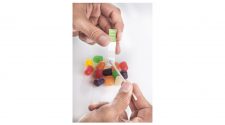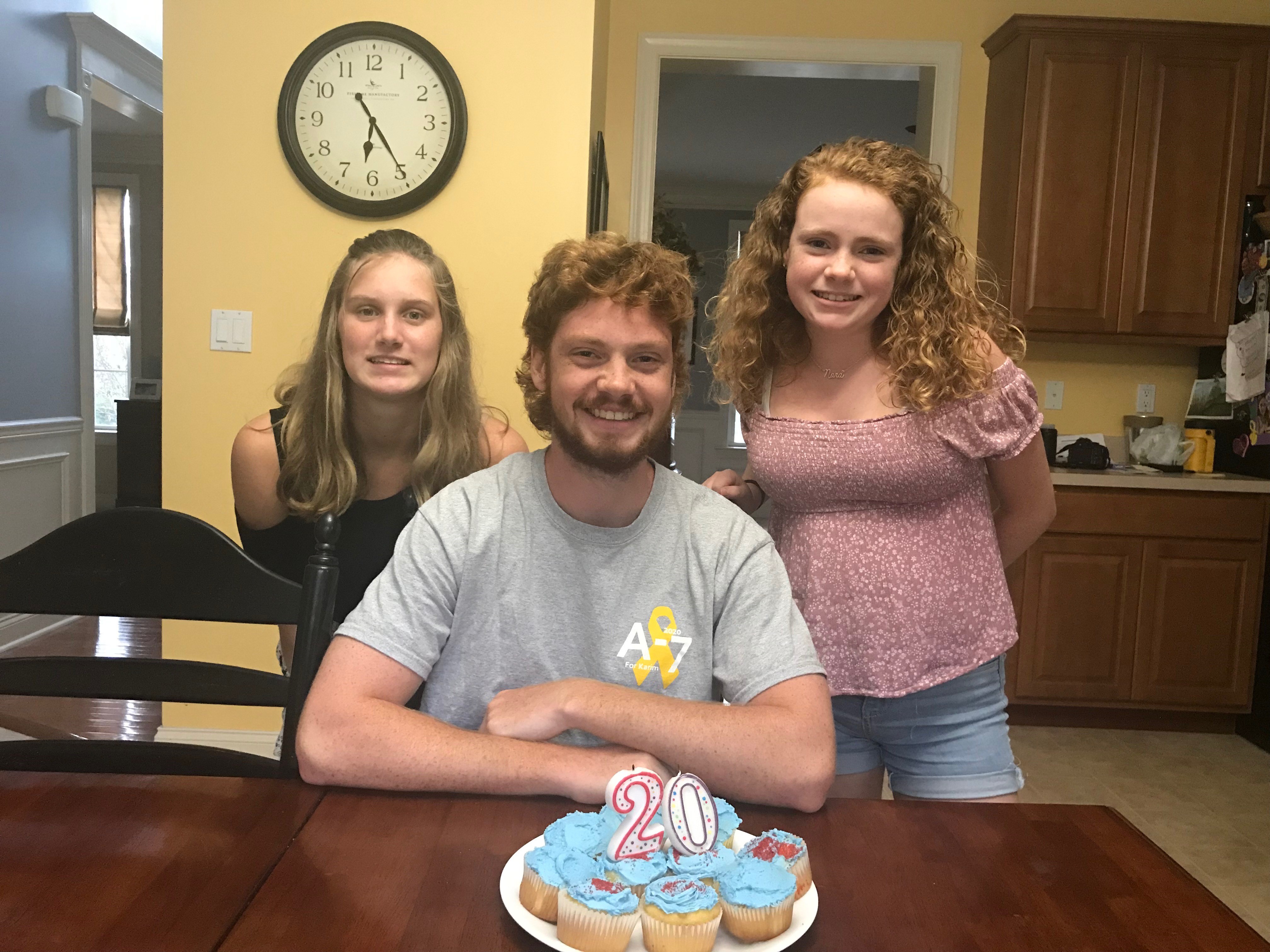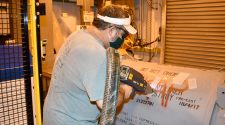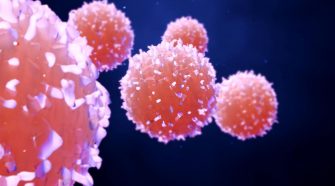People with congenital heart defects may undergo many open-heart surgeries over their lifetimes. According to Gillespie, most of these defects are detected in the uterus by standard ultrasound screening, so that by the time the baby is born the doctors know if there are any heart issues. But according to the CDC, some heart defects may not be detected during pregnancy — some are found either at birth or as the child ages. Some babies seem healthy at first but can still have a congenital heart defect, the CDC says, which is why it suggests newborn screening to ensure babies receive prompt care and treatment.
Although some people with congenital heart defects may experience shortness of breath or swelling and abnormal heart rhythm, Gillespie said that has not been common among his patients.
“They very rarely come in and say, ‘Well, I’m having a lot of symptoms,’” he said. “You want to get them before they have symptoms, because if you’re having symptoms, that means that you may have waited too long.”
But Gillespie said almost all the patients he has treated with the Harmony TPV have said they feel much more energized. With the valve replaced, he said, the heart becomes a more efficient pump, which translates into feeling better and a higher energy level. He added that he hopes technologies like the Harmony TPV will minimize the number of open-heart surgeries people require.
It has been two years since Hurley’s nonsurgical procedure, and like any other patient with a congenital heart defect, he still has yearly checkups. He’s also taking online classes at Penn State and staying active.
“Patients like Jack, 25 or 30 years ago, we used to just say, well, let’s just get them through childhood and into adulthood, but now we’re recognizing that our patients can live a long, productive, happy life,” said Gillespie. “And these new technologies are allowing us to maintain our patients in a less invasive way, keep their hearts healthier for a longer period of time.”
















